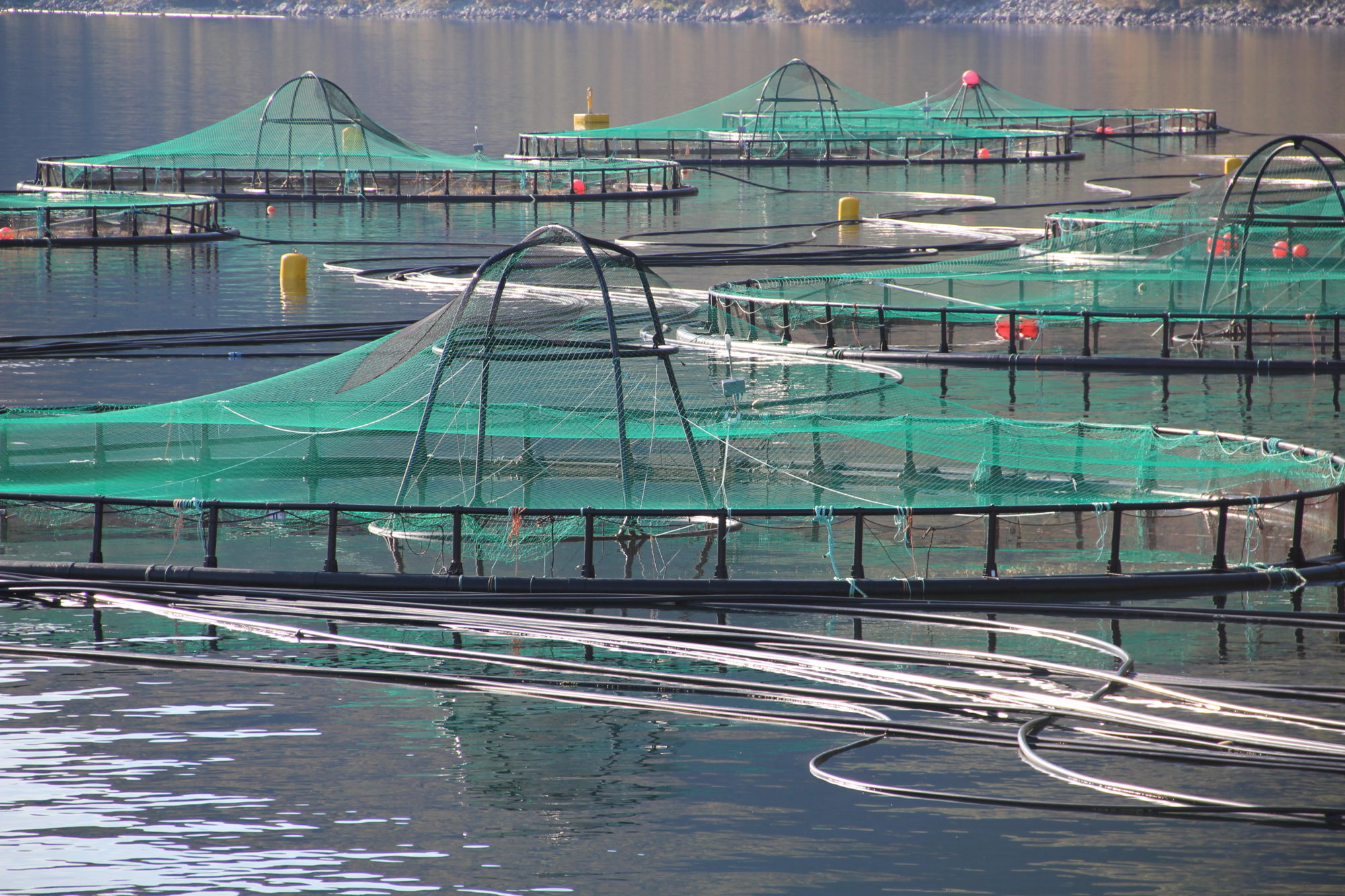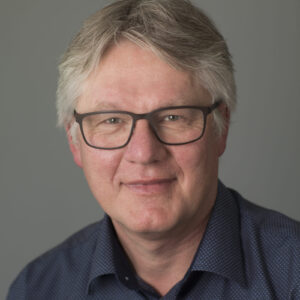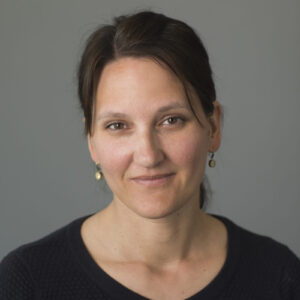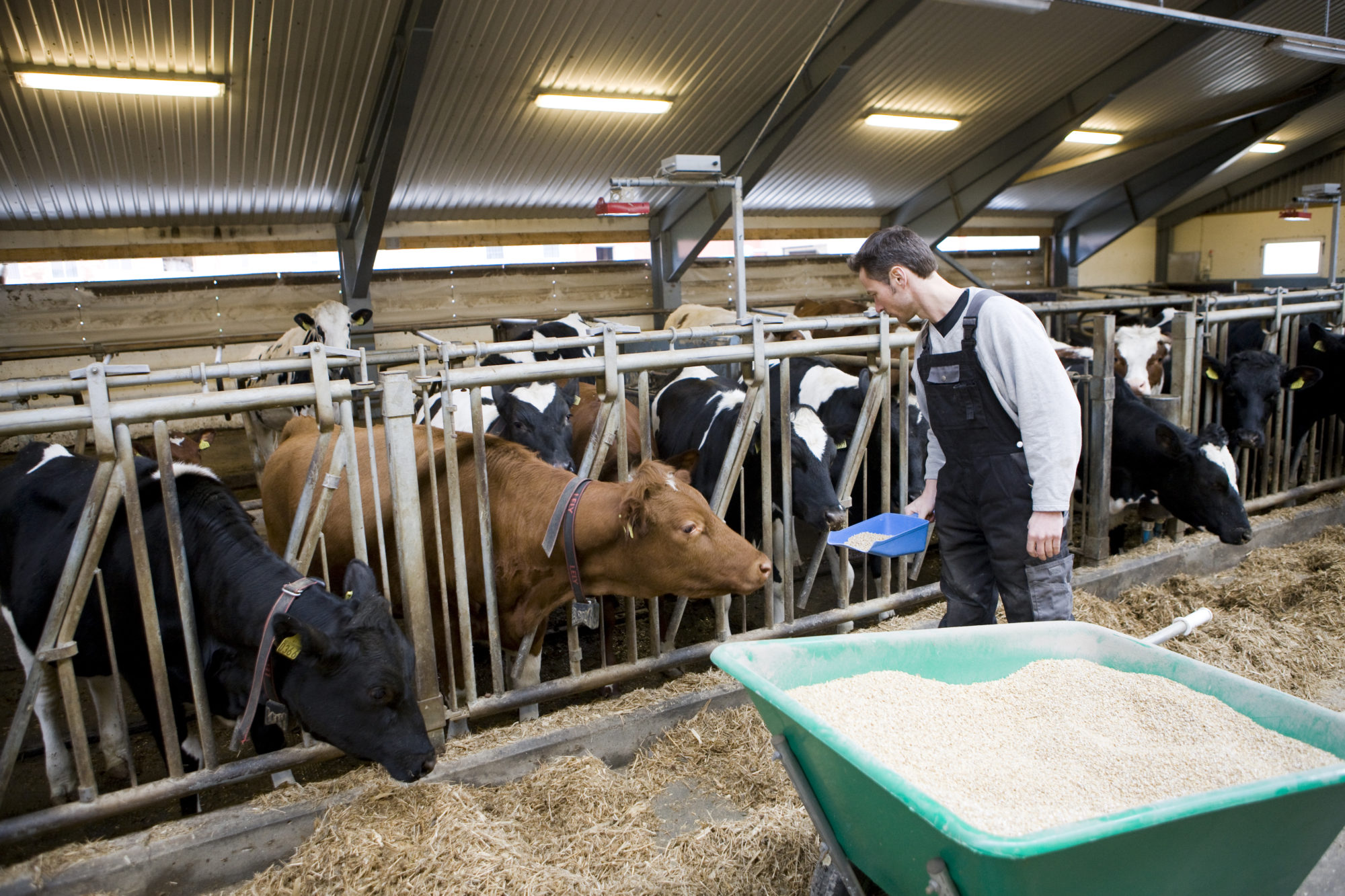SUSFEED – Sustainable feed production from Norwegian bio-resources for livestock and aquaculture
The aim of SUSFEED is to develop an in-depth understanding of the feed system: how feed can be harvested, produced, processed and distributed to supply the growing and changing needs of Norway’s agri- and aquacultural sectors.

For this, we will apply a systems approach to mapping the domestic feed system and, using a systems model, conduct environmental, social and economic sustainability assessments. SUSFEEDs multi-disciplinary team involves researchers from the social sciences, biology, agronomy, nutrition and technology, working closely with 18 business partners, stakeholders and other interest groups involved in the feed value chain. Our primary output will be a model of the Norwegian feed supply system that maps potential domestic feed ingredients, their potential for industrial up-scaling and sustainability. This will provide the basis for the establishment of a future feed supply system that operates across sectors and incorporates potentially disruptive technologies and innovation the coming decades. The project is at present in process of establishment.
Project details
Project number
6628.00
Project period
01/10/2021 - 20/09/2025
Collaboration partners
NIBIO, SINTEF Ocean, SINTEF Digital, BioMar, Felleskjøpet Fôrutvikling, Invertapro, Montasjen, Sitep, Folven gaard, NCE Aquatech, WoodWorks!, Felleskjøpet Agri, Norsk Landbruksrådgiving, CarCewi, Einar Wathne, Norsk Kylling, Skjetlein videregående skole, Mære landbruksskole, NHO Mat og Drikke, Bellona, Wageningen UR, Kris Kok, Aarhus Universitet
Financing
Norges forskningsråd
News
Comment: Access to feed is also food security
The use of new feed ingredients can solve this challenge, but at the same time the feed competition…
Kick-off for the development of new solutions in the feeding system
The two-day meeting was held virtually this December after the corona situation indicated that a physical start-up meeting…
Publications
- Article
2024
- Note
2023
- Note
2022
Contact us
Would you like to get in touch with us?
Fill in the form below and we will answer you as soon as possible.










